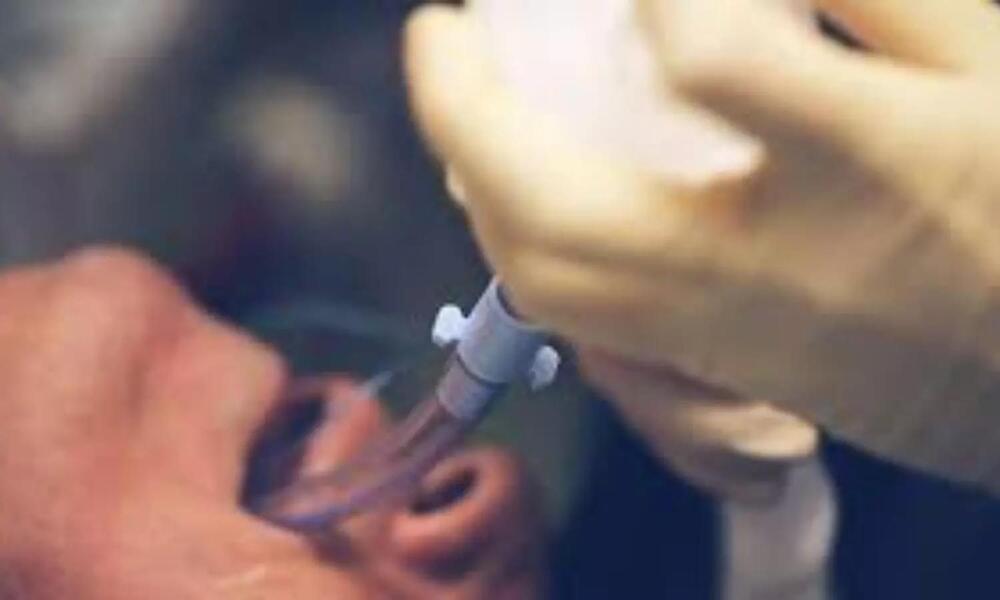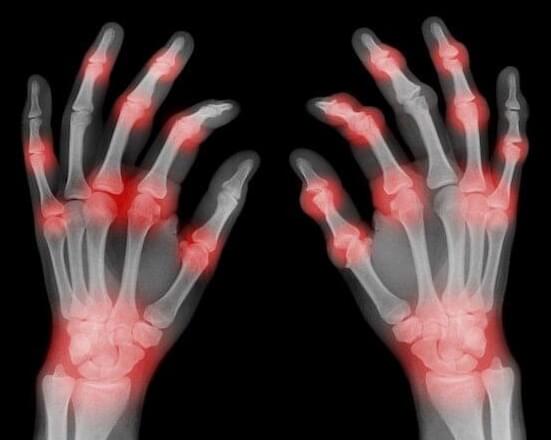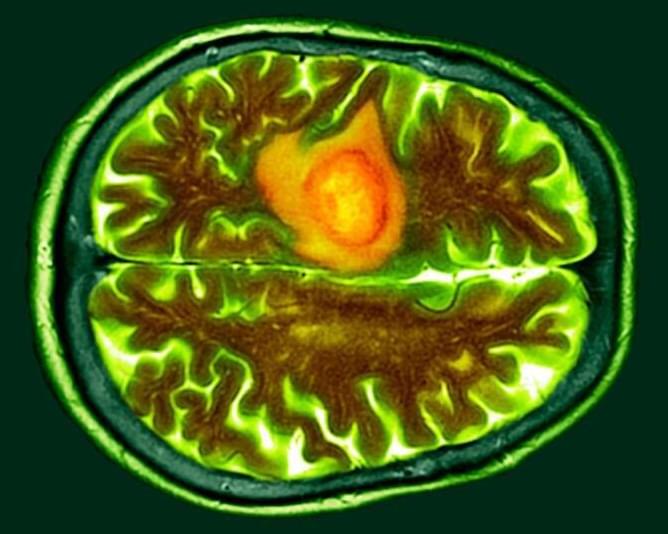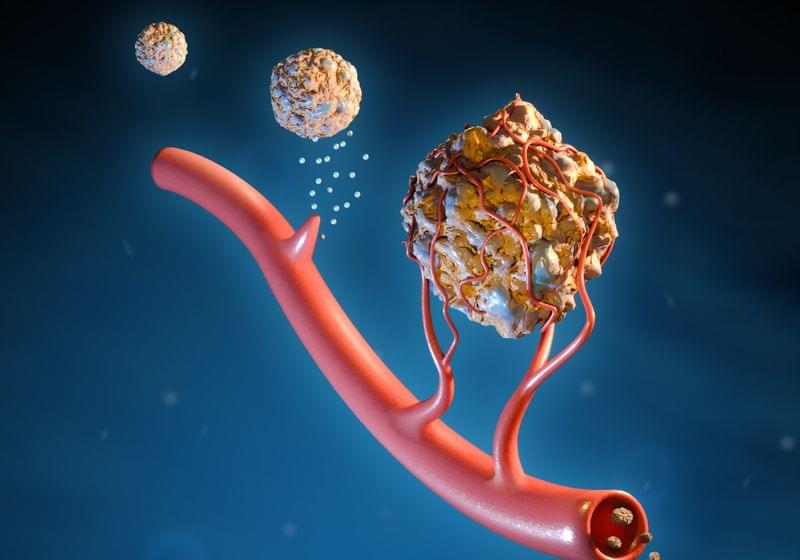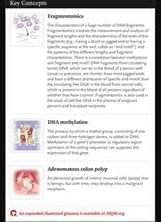Recently published study investigated the association between plasma CA-125 levels and post-extubation respiratory failure (PERF) in critically ill patients. A prospective cohort study was conducted in a tertiary hospital, enrolling patients aged 18 years or older who had received mechanical ventilation (MV) for at least 48 hours. The study found that among the 103 enrolled patients, 44 (51.2%) experienced PERF, with 23 receiving non-invasive ventilation and 16 requiring reintubation within 72 hours. Patients who experienced respiratory failure showed significantly higher median CA-125 values compared to those without respiratory failure. The area under the ROC curve for CA-125 in predicting respiratory failure occurrence was 0.663, and CA-125 levels exceeding 35.0 U/mL were found to be significantly associated with the occurrence of respiratory failure in a logistic regression model. A post-hoc analysis combining CA-125 and lung ultrasound (LUS) scores showed an 81.0% incidence of respiratory failure in patients with elevated CA-125 and LUS scores, while patients with normal CA-125 and LUS scores had a markedly lower incidence of 32.0% for respiratory failure. The study suggests the potential utility of incorporating CA-125 into routine congestion assessments and reveals a potential role for combining CA-125 with LUS scores to evaluate a patient’s risk of developing PERF. The authors concluded that elevated CA-125 levels were associated with a higher incidence of respiratory failure among critically ill patients who were extubated following successful spontaneous breathing trials. The study highlighted the potential application of CA-125 in assessing and predicting respiratory outcomes in critically ill patients, particularly in the context of extubation. The findings hold implications for clinical practice, indicating the need for further research and potential incorporation of CA-125 into routine assessment protocols for critically ill patients in intensive care units.
Reference –
Lombuli, F., Montes, T.H.M. & Boniatti, M.M. Association between CA-125 and post-extubation respiratory failure: a cohort study. Crit Care 28, 31 (2024). https://doi.org/10.1186/s13054-024-04806-5
